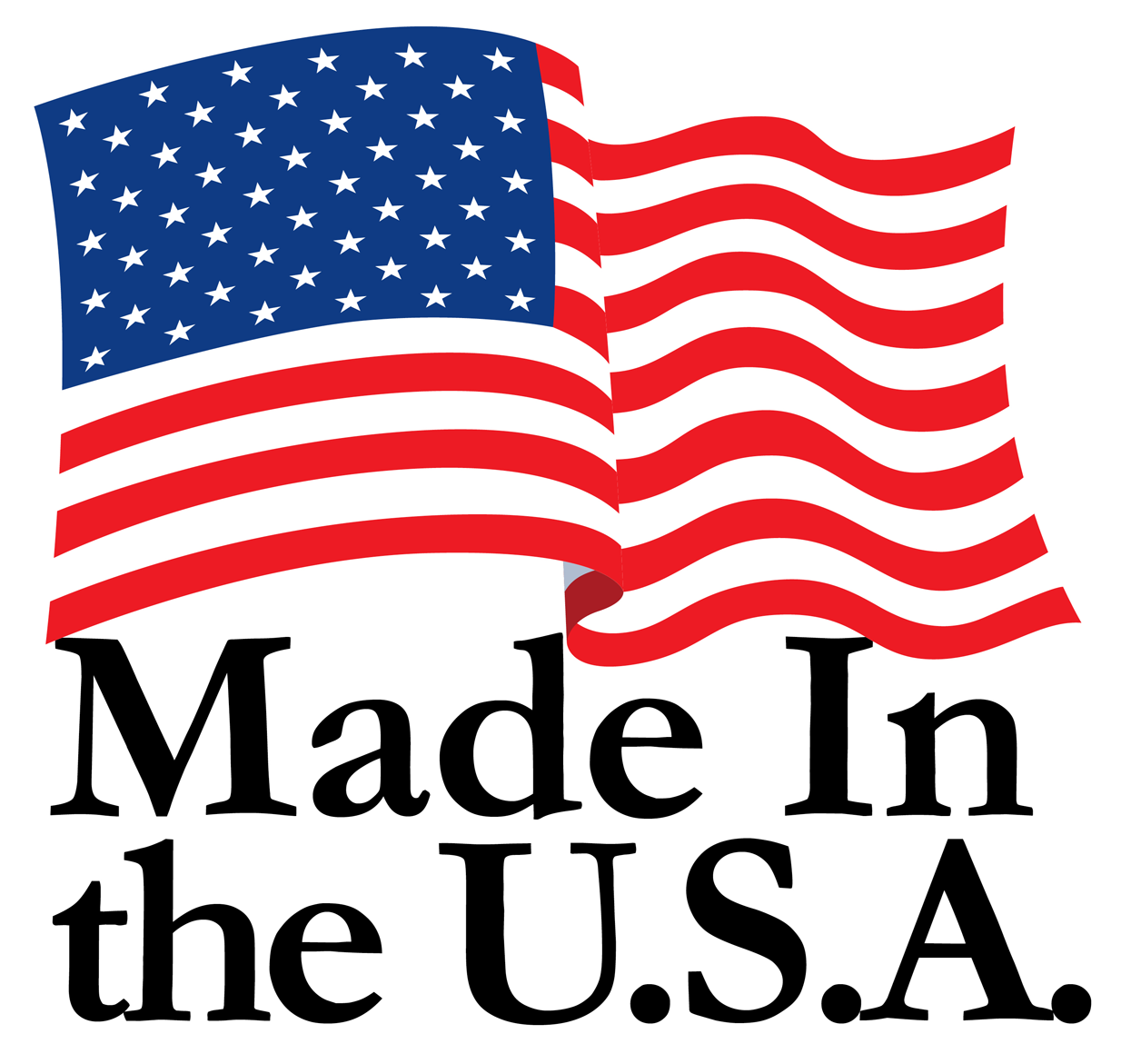![]() Answer: Aluminum alloy 1100 is a commercially pure aluminum, known for its excellent corrosion resistance and formability, making it ideal for applications like chemical equipment and decorative trim. In contrast, alloy 3003, with added manganese, offers higher strength and hardness, about 20% more than 1100, and is commonly used in cookware, storage tanks, and automotive parts where structural integrity is key.
Answer: Aluminum alloy 1100 is a commercially pure aluminum, known for its excellent corrosion resistance and formability, making it ideal for applications like chemical equipment and decorative trim. In contrast, alloy 3003, with added manganese, offers higher strength and hardness, about 20% more than 1100, and is commonly used in cookware, storage tanks, and automotive parts where structural integrity is key.
Introduction
Aluminum alloys 1100 and 3003 are both widely used in various industries due to their unique properties, offering significant advantages in applications ranging from chemical processing to automotive manufacturing. As of June 2025, these alloys are part of the wrought aluminum series, both non-heat-treatable, and are valued for their corrosion resistance and formability. This note explores the differences between aluminum alloys 1100 and 3003, focusing on their composition, mechanical properties, corrosion resistance, formability, applications, and cost, drawing on recent industry insights.
Composition
- Alloy 1100: This is a non-heat-treatable alloy with a minimum aluminum content of 99%, making it one of the purest forms available. Its high purity contributes to excellent electrical and thermal conductivity, as well as superior corrosion resistance. It is part of the 1XXX series, which includes other pure aluminum grades like 1050 and 1200, and is available in tempers such as O, H12, and H18.
- Alloy 3003: This alloy is an aluminum-manganese alloy, with a typical composition of 1.2% manganese, 0.12% copper, and 98.6% aluminum. The addition of manganese increases its strength compared to 1100, while retaining good workability and corrosion resistance. It belongs to the 3XXX series, which includes other manganese-containing alloys like 3004 and 3105.
Mechanical Properties
- Strength and Hardness: Research suggests that alloy 3003 has higher mechanical properties than 1100, with sources indicating it is about 20% stronger and harder. This is due to the manganese addition, which enhances tensile strength and resistance to impact and scratches. For example, 3003’s strength and hardness are 10% higher than 1100. In contrast, 1100 is softer and more ductile, with lower strength, making it less suitable for high-stress applications.
- Formability: Both alloys exhibit excellent formability, but 1100 is noted for its superior ductility and cold formability, as mentioned in What Aluminum Grade. It’s ideal for deep drawing and complex shaping, while 3003, though highly formable, is slightly less ductile due to its higher strength. Sources like Aluminium Alloys highlight 3003’s ability to be deep drawn or spun, welded, or brazed, but note it’s less ductile than 1100.
Corrosion Resistance
- Both alloys offer excellent corrosion resistance, a hallmark of aluminum due to its natural oxide layer. However, the evidence leans toward 1100 having a slight edge in certain corrosive environments due to its higher purity. Sources rank 1100 as having excellent corrosion resistance, while 3003 is listed as having good corrosion resistance, suggesting a minor difference. This makes 1100 particularly suitable for chemical processing equipment exposed to harsh chemicals.
Applications
- Alloy 1100: Commonly used in applications where high formability and corrosion resistance are paramount, such as heat exchangers, chemical processing equipment, lighting reflectors, and decorative trim. Its excellent electrical conductivity also makes it ideal for electrical wiring and transformer coils.
- Alloy 3003: Widely used in applications requiring a balance of strength and formability, such as cookware, storage tanks, automotive parts, and food and chemical appliances. Its higher strength makes it suitable for structural components where 1100 might not suffice.
Cost
- Research suggests that alloy 1100 is generally less expensive than 3003 due to its lower alloying content, as noted in Aluminium 1100 vs 3003. This makes it ideal for applications where cost is a significant factor, and high mechanical strength is not required. However, 3003’s higher strength may justify its cost in applications needing durability, with the choice depending on the specific requirements of the project.
Summary
While both alloys share similarities like excellent corrosion resistance and good formability, the key differences lie in their composition, strength, and applications. Alloy 1100 is chosen for its purity, superior formability, and lower cost, making it ideal for heat exchangers and decorative trim, whereas alloy 3003 is selected for its higher strength and hardness, suitable for cookware and automotive parts. As of June 2025, these differences guide manufacturers in selecting the right alloy based on their specific needs, balancing cost, performance, and application requirements.
Key Citations
- Why 3003 Aluminum is the Most Common Aluminum Alloy
- Different Grades of Aluminum and Their Applications
- Aluminium 1100 vs 3003 - What's the Difference
- 1100 Aluminum Plate VS 3003 Aluminum Alloy
- Aluminium Alloy Grades and Applications
- What Aluminum Grade Should I Use?
- Aluminum Technical Info: Aluminum Alloys
